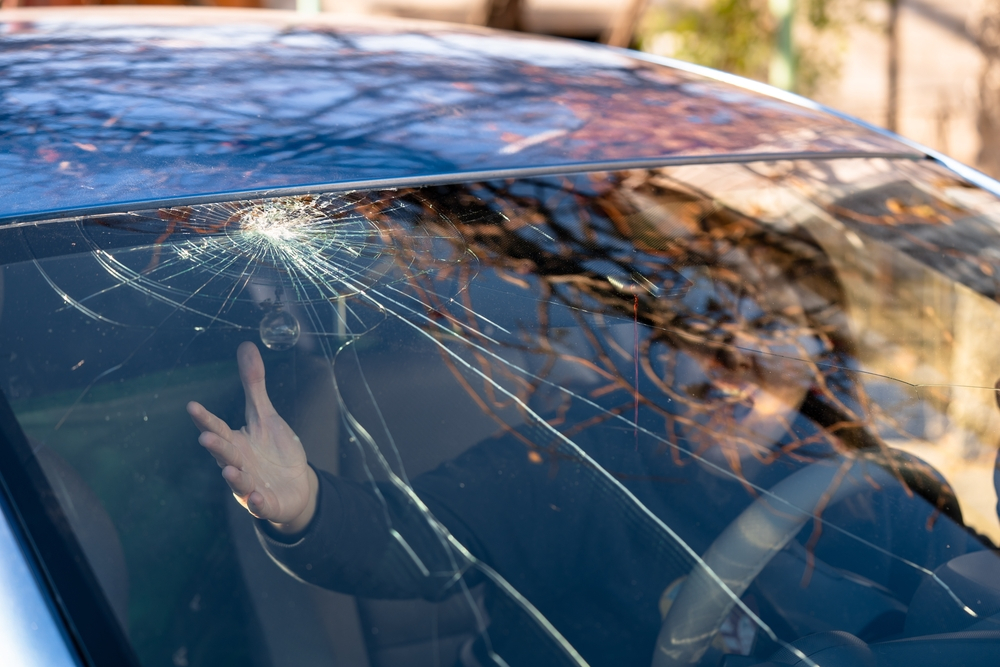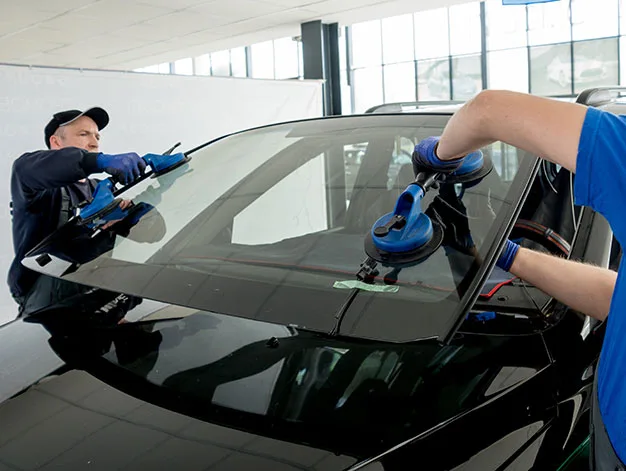The Comprehensive Guide on the Impact of Road Debris on Auto Glass Damage Statistics
Flying rocks and your windshield: It's more common than you think
- Road debris is a major cause of auto glass damage.
- Small chips can become big problems, compromising safety.
- Keep your distance, get chips fixed quickly, and understand your insurance.
The auto maintenance and safety world is always changing. One often unnoticed aspect is the impact of road debris on auto glass. It has big implications. This guide covers the key stats, causes, and ways to prevent the risk from road debris. It aims to help us understand and reduce the danger to vehicle safety.

Understanding Road Debris and Its Prevalence
Road debris comes in many sizes, from small particles to larger objects. It can cause a lot of damage to auto glass. These materials often come from many sources. They include construction sites, unsecured truckloads, and general litter. Road debris is more common now. This is because of more traffic and construction. It is a growing threat to vehicle safety.
Auto Glass Damage Statistics: A Closer Look
The statistics surrounding auto glass damage due to road debris are startling. Studies indicate that a significant percentage of windshield damages are directly attributable to debris impacts. The damages lead to costly repairs. They also pose serious safety risks. A damaged windshield can affect a vehicle's structure.
The Types of Debris and Associated Risks
Understanding debris types and associated risks is crucial in addressing this issue. Rocks and pebbles are smaller particles. They often cause chips and cracks in the windshield. Bigger objects, like metal pieces or wood, can cause more severe damage. They can even shatter the glass. The risk is limited to the windshield and extends to the side and rear windows.
Preventative Measures and Best Practices
To combat the dangers of road debris, we need certain prevention and best practices. These include keeping a safe distance from trucks and vehicles carrying loads. Also, doing regular windshield inspections. And using protective coatings or films on the glass. Also, driving slowly in debris-prone areas can much lower the risk of damage.
Technological Advancements in Auto Glass Safety
The auto industry has made big strides in making glass safer. They did this through better technology. Innovations like impact-resistant glass and advanced driver-assistance systems (ADAS), have helped. ADAS systems alert drivers to hazards. These innovations have reduced debris-related damages.
Legislation and Road Safety Initiatives
Efforts aim to reduce road debris damage to auto glass. They involve laws and safety initiatives. These include stricter load-securing rules. Also, public campaigns should be held on the dangers of road debris and better road maintenance.
Economic Impact and Insurance Considerations
The economic impact of road debris on auto glass damage is substantial, affecting individual drivers and the insurance industry alike. Understanding insurance policies and coverage options for such damages is essential for vehicle owners to ensure they are adequately protected.
The Role of Drivers in Mitigating Risks
Drivers play a pivotal role in mitigating the risks posed by road debris. Drivers can greatly cut the risk of auto glass damage. They can do this by driving defensively. They can also do it by taking care of their vehicle. They can do it by keeping up with the latest safety measures.
Conclusion: Safeguarding Our Roads and Vehicles
In conclusion, road debris damages auto glass. It is a complex issue. Fixing it will require effort from many groups. These include vehicle owners, the auto industry, policymakers, and road safety organizations. We can cut the risks by understanding the stats, taking prevention steps, and using tech. We can make roads safer for all.
